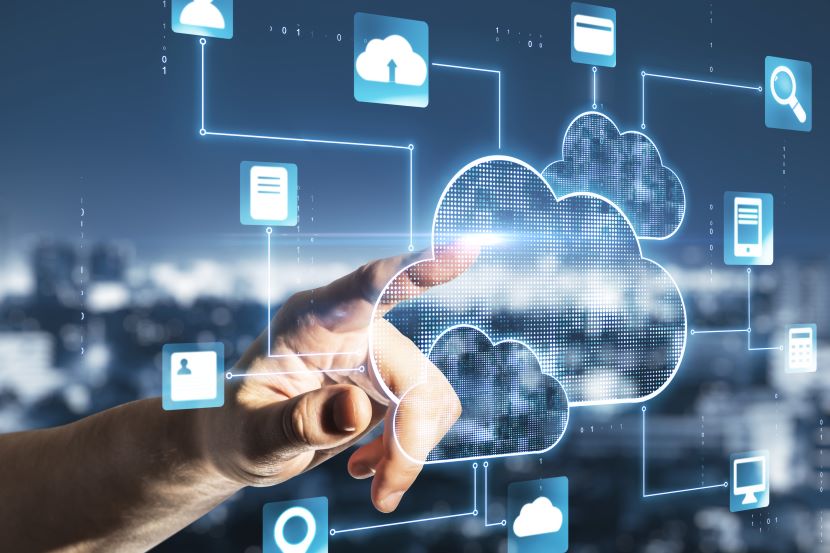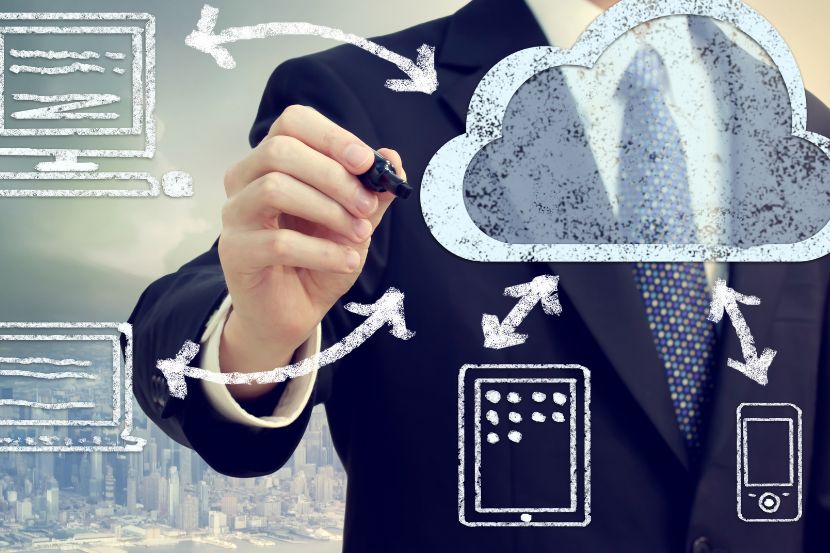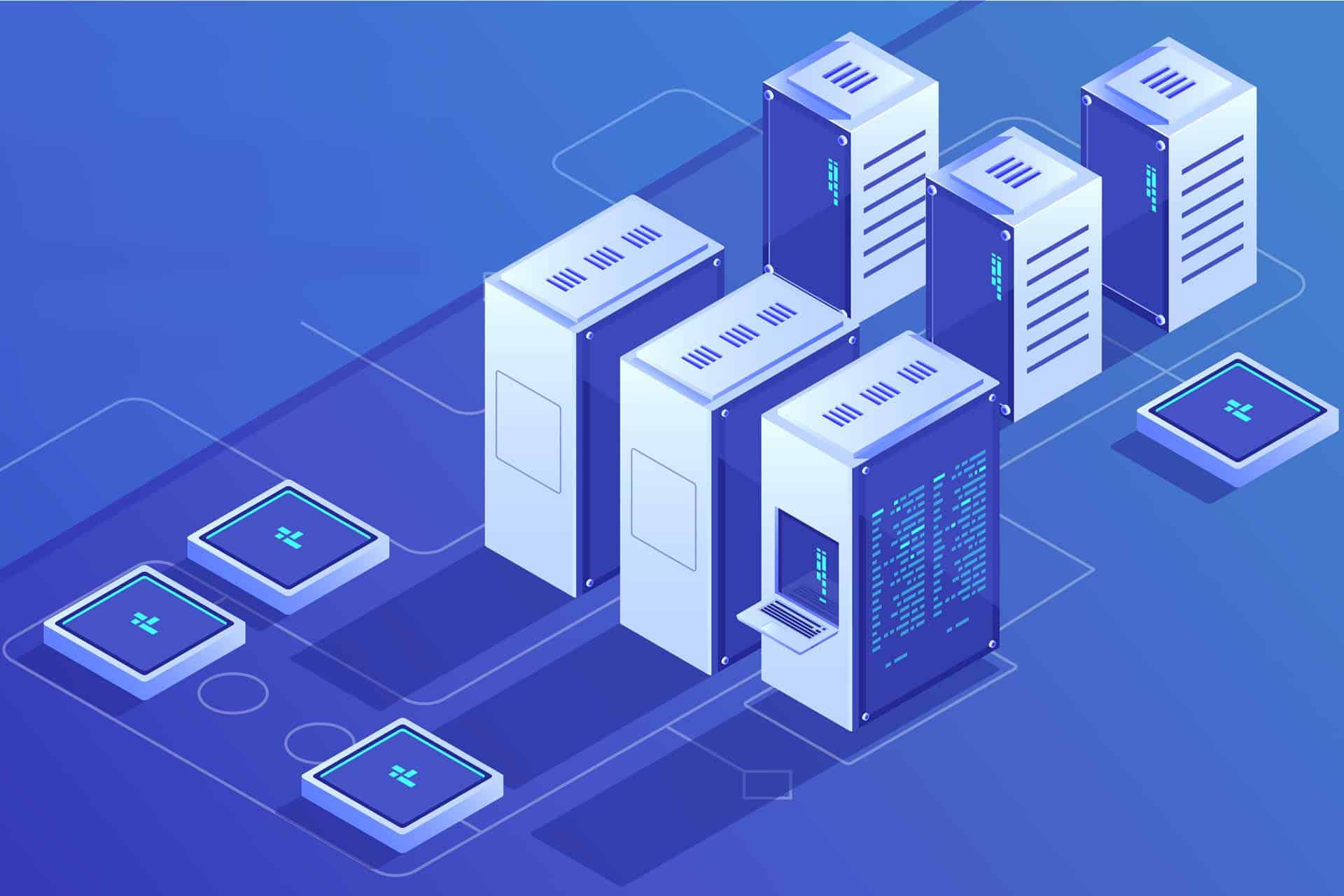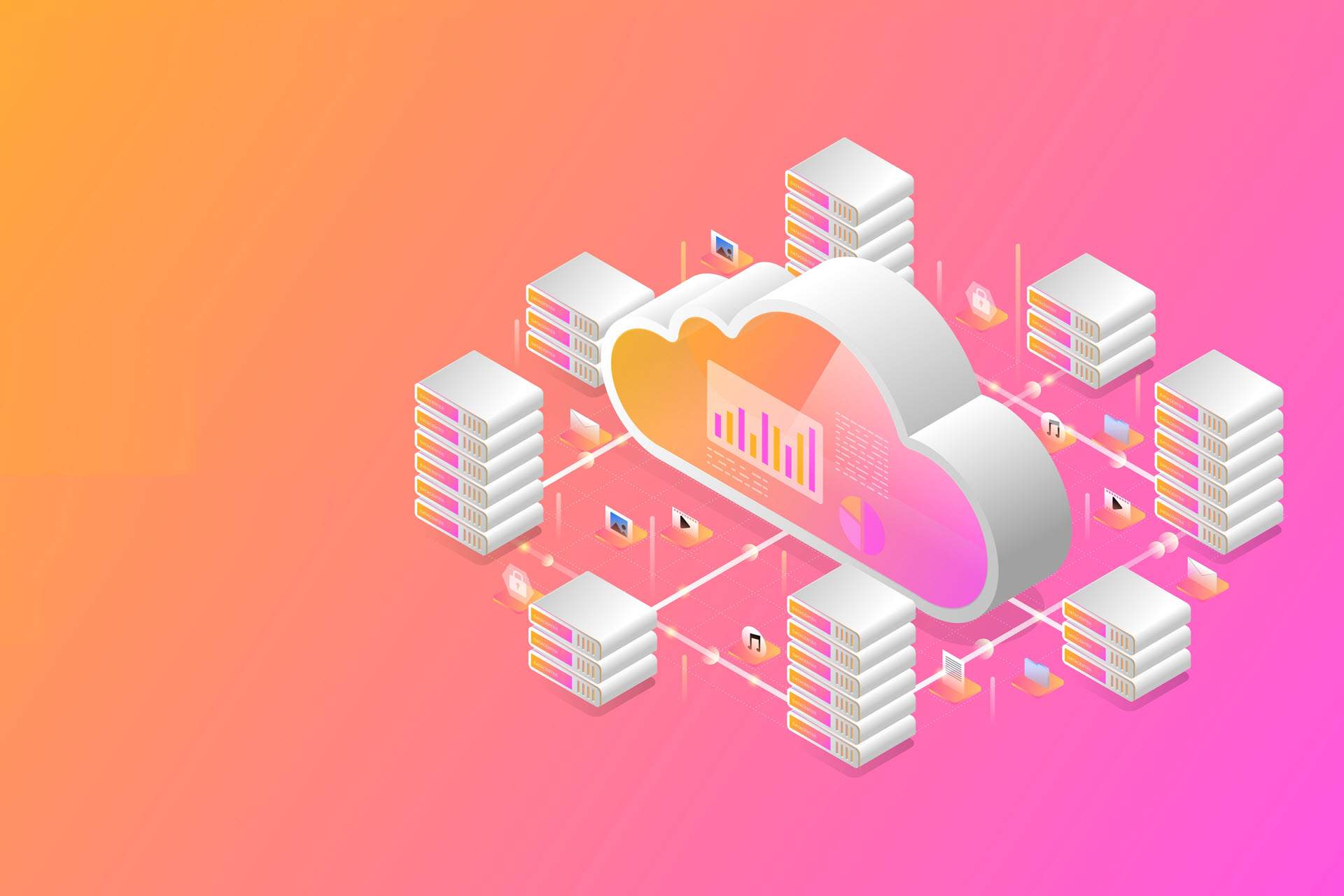Digital entrepreneurs today require a solution that seamlessly processes and handles real-time data. Edge computing and cloud computing are two effective methods that are emerging as the most suitable in the fast-paced digital landscape. Each has unique benefits, helping companies bring out the most out of their digital infrastructure.
This article explains the differences between edge computing and cloud computing and their advantages to your digital business strategy and data handling.

What Is Edge Computing?
Edge computing processes data closer to its source to minimize latency and maximize efficiency. This decentralized approach removes the need for transmitting huge amounts of data to remote data centers. Instead, processing occurs on the “edge” of the network, within devices (e.g. IoT devices), sensors, or gateways.
Transmitting data over long distances to a centralized data center can be slow and inefficient so edge computing is useful for organizations that want to avoid this and require real-time or near-real-time processing.
Learn about common edge computing challenges.
Edge Computing Benefits
Here are the benefits of edge computing for businesses and organizations.
- Reduced latency: Edge computing processes information closer to its source to generate near-real-time responses and minimize data transmission delays.
- Enhanced security: Edge computing minimizes data exposure as all sensitive information remains in a controlled environment, reducing the chances of a data breach.
- Improved reliability: Edge computing guarantees uninterrupted operation and system reliability even if the connection to the central cloud gets lost.
- Scalability: Edge computing allows easy scalability for businesses with changing workloads by adding edge devices or nodes.
- Bandwidth optimization: Edge computing processes data locally, reducing the burden on network bandwidth. This is especially important when there is limited network capacity.
- Real-time decision-making: Local data processing enables instant responses, facilitating quick decision-making.
- Lower costs: Edge computing saves on data transfer costs and the expenses of maintaining a data center infrastructure.
- Operational offline: Some edge computing systems can operate even when disconnected from the internet and the central cloud.
- Customization: Edge computing allows organizations to customize data processing to maximize efficiency.
- Compliance: Edge computing emphasizes the security of sensitive data, which is required for organizations that must comply with industry standards, such as healthcare, finance, and government.
What Is Cloud Computing?
Cloud computing processes data and delivers a variety of IT services, such as servers, storage, and databases, over the internet. It does not require owning and maintaining physical hardware and software since these services are hosted in data centers around the globe, which organizations can access remotely from wherever they are.
Cloud computing is suitable for large companies and organizations with fluctuating workloads and heavy internet traffic, as it enables the easy scaling up or down of resources based on demand. Furthermore, it reduces the costs associated with buying and installing hardware.
Learn about the cloud services every MSP should offer to stay competitive.
Cloud Computing Benefits
These are the benefits of cloud computing.
- Accessibility: Cloud computing allows easy remote access to servers and resources from anywhere in the world.
- Reliability: Cloud computing minimizes the risks of data loss due to hardware failures because it stores information in multiple data centers.
- Security: Cloud providers invest in robust security measures, encryption, and access controls to safeguard data and systems.
- Scalability: Businesses can quickly scale their cloud solutions and increase available resources to fit changing workloads.
- Cost efficiency: Cloud computing eliminates the need to own hardware and software, reducing CapEx and allowing organizations to only pay for the resources they use.
- Resource optimization: Organizations can optimize their resource consumption and pay only for the ones they use, reducing excessive resource waste.
- Disaster recovery: Cloud providers keep redundant copies of data, which can be easily retrieved in case of data loss.
- Automatic updates and maintenance: Cloud providers are in charge of maintenance, system updates, and patching, so there is no need for manual intervention.
- Global reach: Cloud providers have servers and data centers across the globe, allowing immediate remote access from anywhere.
- Innovation and agility: Cloud computing offers organizations the latest and most advanced solutions that guarantee competitiveness in the market.
Edge Computing vs. Cloud Computing: The Differences

Here is a comparison of edge computing and cloud computing features.
Data Processing Location
Edge computing processes data closer to the source, typically at the edge of the network or within local devices. This decentralization allows for more independence from the system and the potential disruptions it may experience.
Cloud computing processes data in centralized data centers across the globe. These data centers can be accessed remotely from anywhere, saving time and money.
Latency
Edge computing offers minimal latency, which is ideal for applications that require instant responses and quick decision-making.
Cloud computing introduces latency due to data transfers across remote data centers. This can cause delayed responses and disrupt the business flow.
Scalability
With edge computing, scaling is limited as it depends on adding edge devices or nodes.
Cloud computing is highly scalable. It allows organizations to add new resources on demand, which guarantees business continuity.
Privacy and Security
Edge computing reduces the exposure of data to potential attacks by keeping it closer to the source.
Cloud computing invests in advanced security solutions, but the data exposure risk is still considerable due to data transmission.
Bandwidth Usage
Edge computing processes data locally, which requires less bandwidth usage.
Cloud computing consumes a greater amount of bandwidth due to the multiple remote data centers it utilizes.
Reliability
Edge computing is more reliable since it functions even without connectivity to central data centers.
Cloud computing’s reliability depends on the redundancy of data centers. If a network outage occurs, cloud services could be disrupted.
Costs
Edge computing incurs an initial investment in edge devices and their installation. However, as data is kept locally, data transmission costs are reduced.
Cloud computing includes higher upfront investments in infrastructure, the provisioning of virtualization machines, and initial configuration. Cloud services are usually billed on a pay-as-you-go or subscription basis that can be cost-effective for some but needs to be managed to avoid unexpected fluctuation of expenses.
Offline Operation
Some edge computing systems can operate even when disconnected from the central cloud or network.
Cloud computing systems require continuous connectivity to function, which is a challenge in areas with limited or unreliable internet access.
Customization
Edge computing includes customization options for specific use cases, allowing organizations to create solutions tailored to fit their needs.
Cloud computing offers limited and standardized solutions within the cloud provider’s system.
Compliance
Edge computing can make it easier to comply with regulation as data is kept locally within a certain jurisdiction. However, to ensure compliance it is necessary to implement security and privacy measures on edge devices, which can be complex.
Cloud computing providers typically implement robust compliance and security measures to meet various regulatory requirements. Organizations using their services still must take responsibility for the compliance of their data and applications within the cloud environment.
Application Types
Edge computing is recommended for real-time and low-latency applications such as IoT, autonomous vehicles, and industrial automation.
Cloud computing is suitable for applications that require scalability and centralized data management.
When to Use Edge Computing vs. Cloud Computing?
Edge computing and cloud computing each come with a unique set of advantages. In some cases, one solution is more suitable than the other, depending on the organization’s requirements and business needs.
Edge computing is perfect for organizations that require instant responses. It is also recommended for businesses with limited connectivity and customization needs. Edge computing emphasizes security and privacy, which is why it is suitable for healthcare and finance.
On the other hand, organizations that require scalability and flexibility and experience fluctuating workloads or heavy website traffic benefit from leveraging cloud computing. This type of infrastructure is also suitable for businesses that have global reach and require remote access from anywhere in the world. Cloud computing can be cost-effective with its pay-as-you-go model, so it is great for businesses that put budgeting first.
Achieving the Balance for Success
Edge computing and cloud computing are not one-size-fits-all solutions. Rather, each business can find a unique set of benefits in one or the other that helps them achieve success in the digital world. When choosing between edge computing and cloud computing, consider costs, flexibility, and security to find the best solution.



